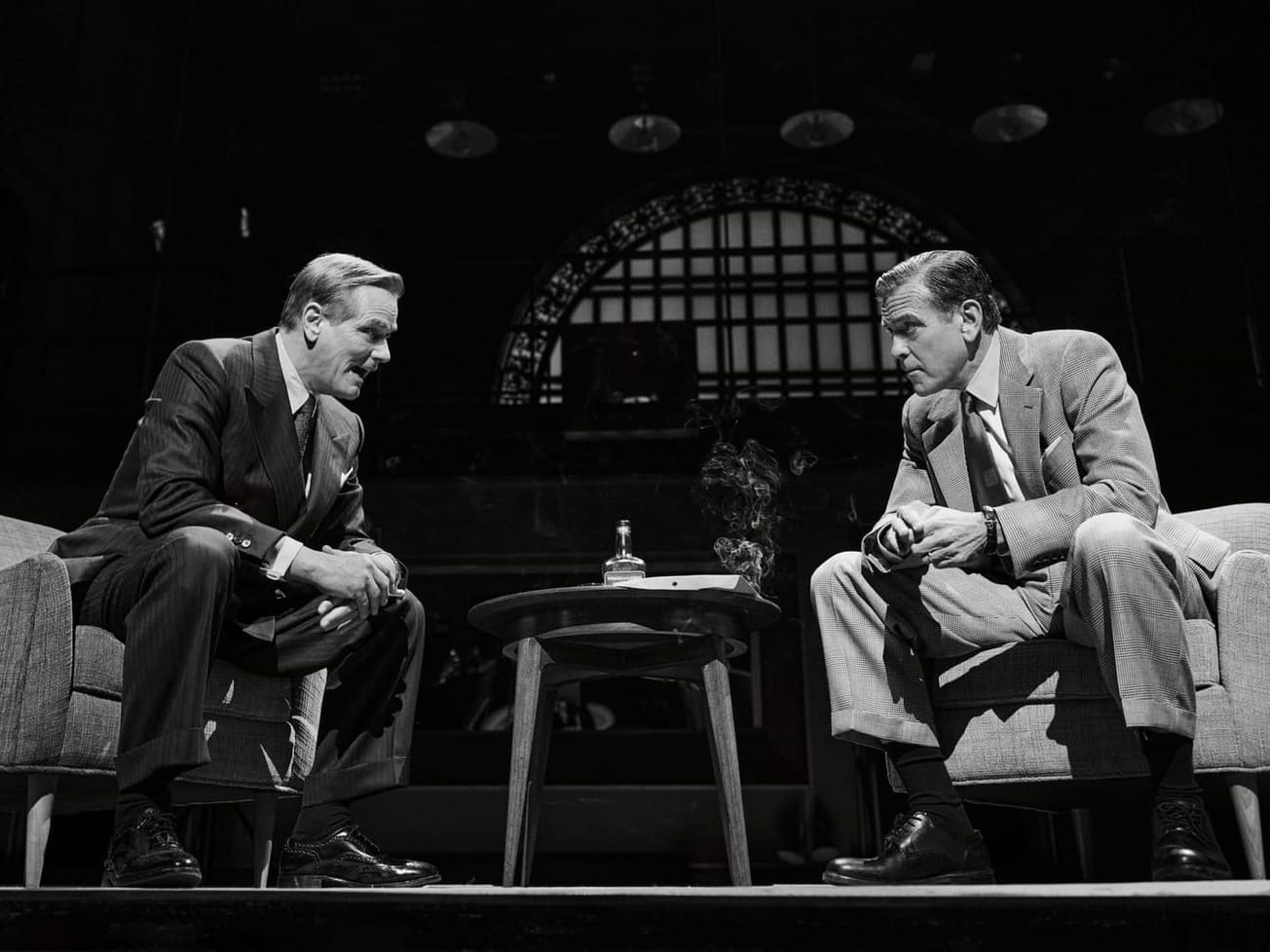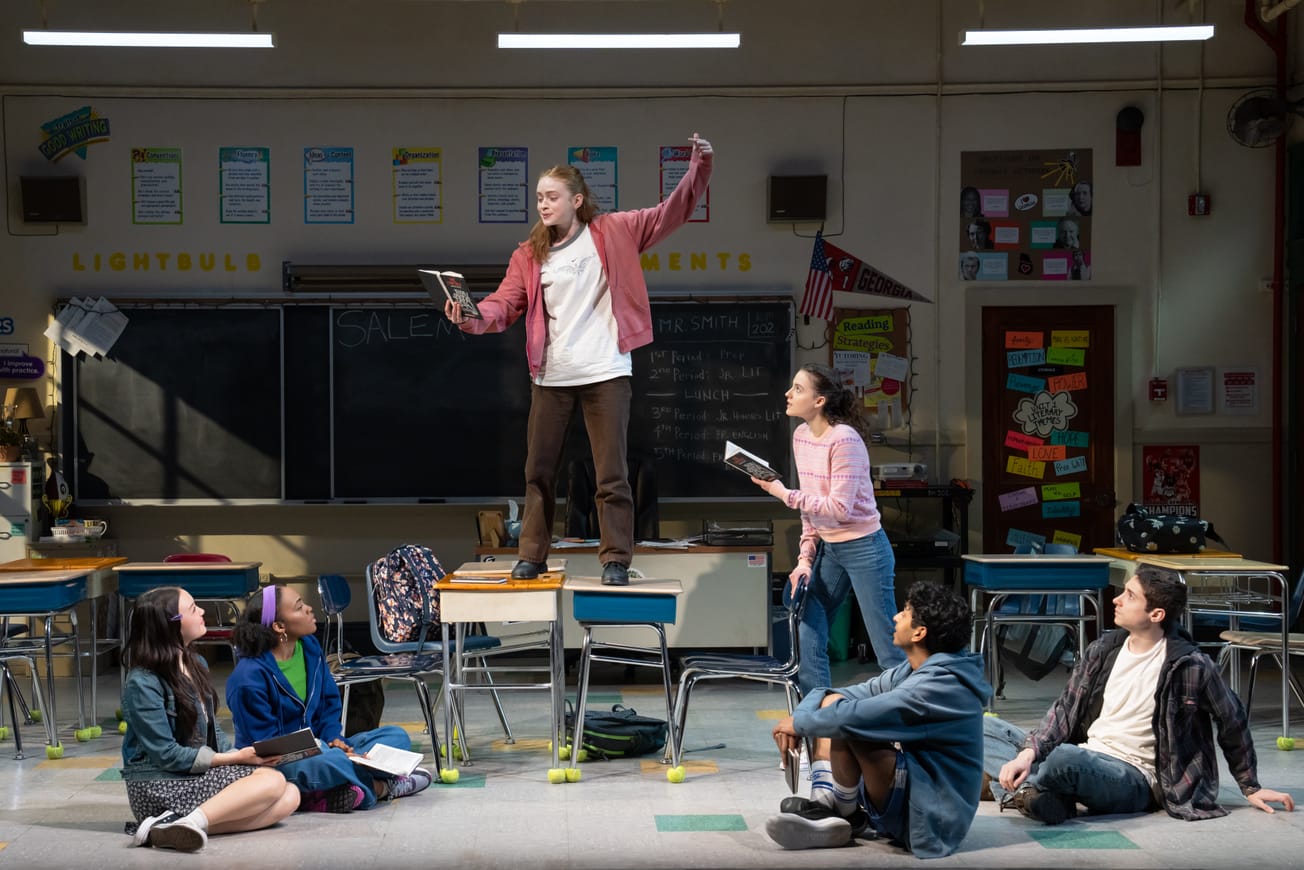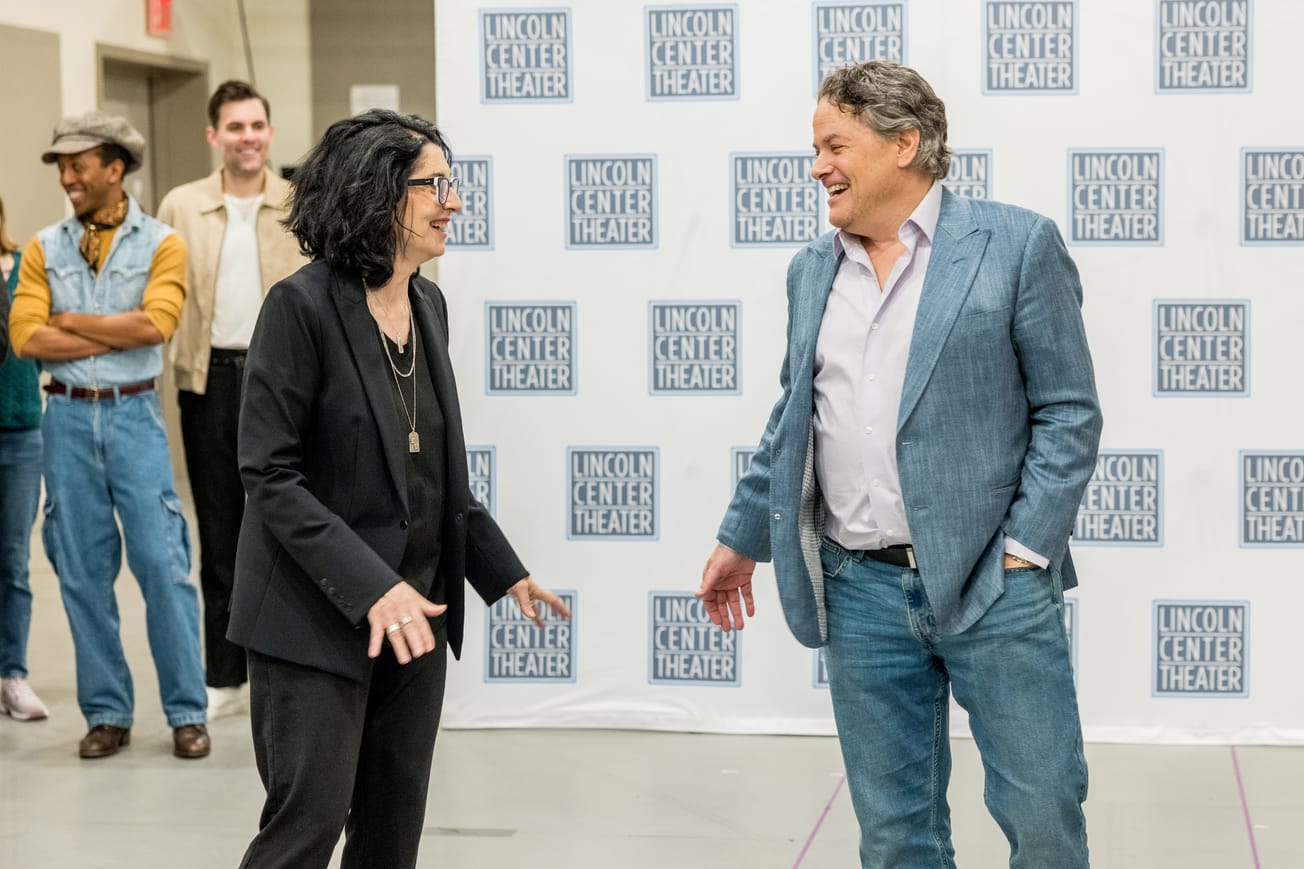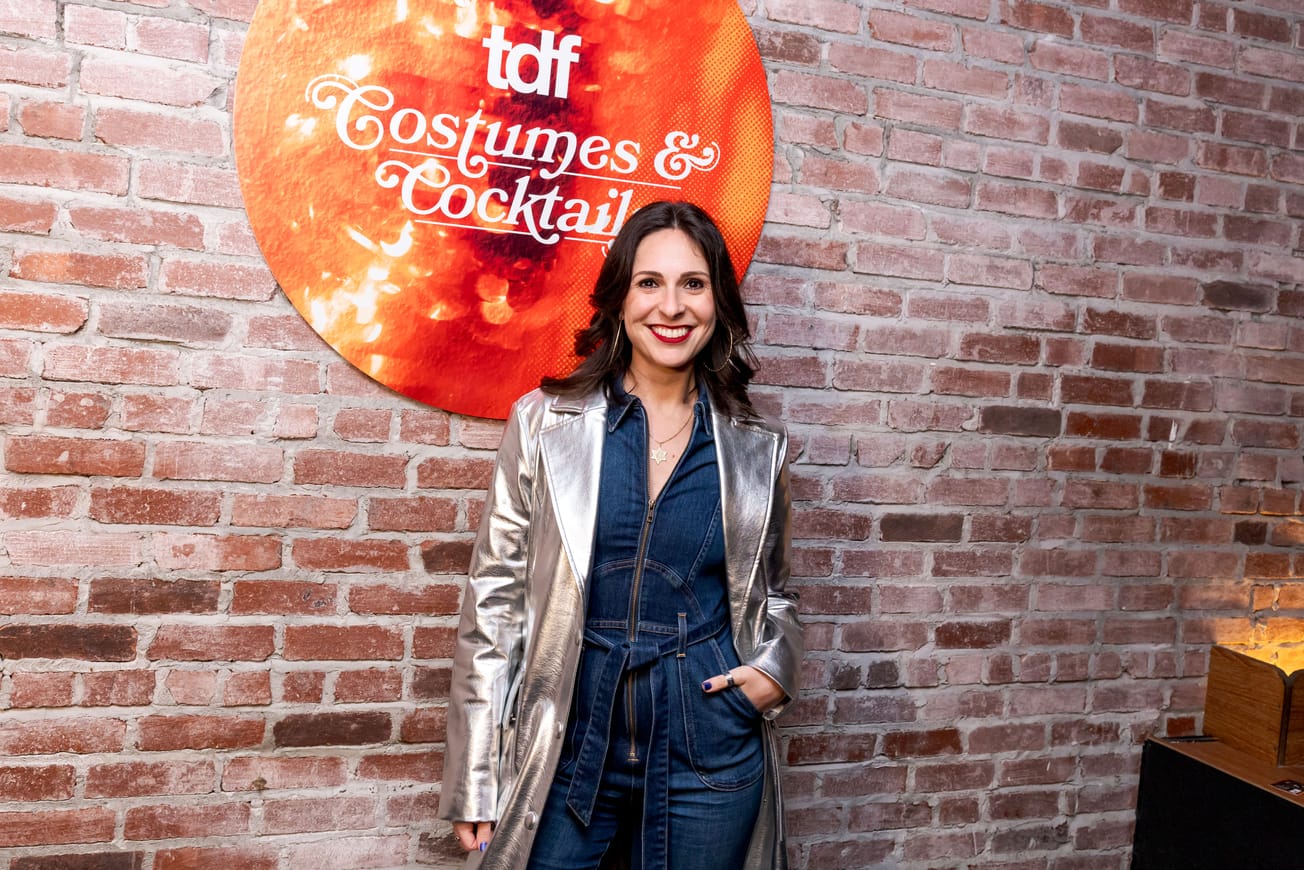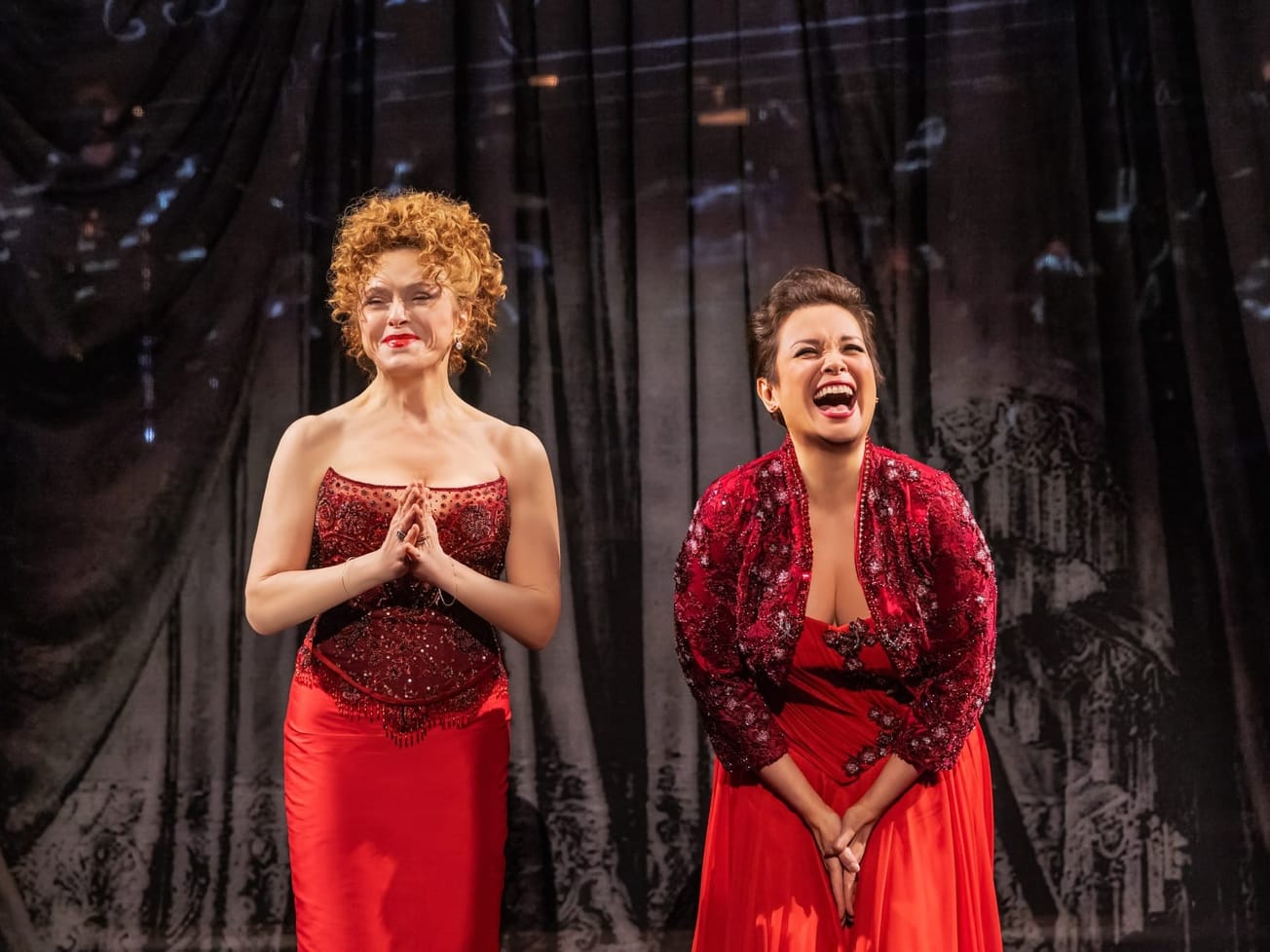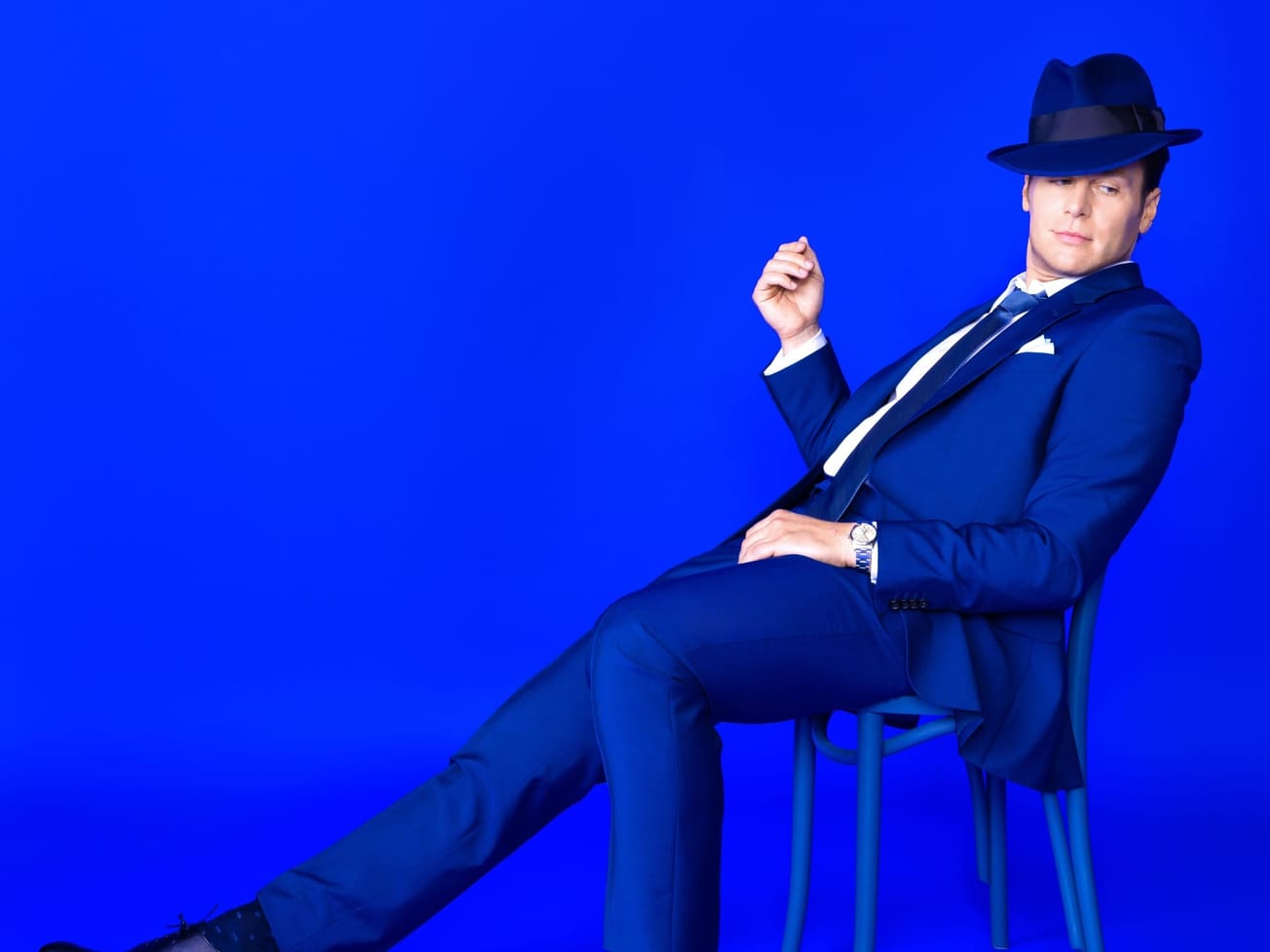When mounting a Broadway musical, nearly every element works against the show sounding great. “[With] the possible exception of some of the newer [venues] like the Marquis [Theatre] and Circle in the Square, none of these theaters were designed to have massive amplification systems in them,” sound designer Gareth Owen told Broadway News. And yet, with all three of his shows this season, Owen constructs clarity and a sonic experience despite the inherent challenges of sound design for Broadway.
Though he began his Broadway career with more intimate productions like “A Little Night Music” and “End of the Rainbow” — both of which earned him Tony Award nods — today, Owen is known for musicals that wield sound to amp up the experience. Given Owen’s background, it makes sense. He started out in the concert world. “My very first job was hauling huge, heavy main cables through knee-deep mud at festival fields and dragging delay speakers across 200 meters of mud and piss and old cigarette butts,” Owen said. Soon enough, Owen mixed stadium shows for Aerosmith, Bon Jovi, the Rolling Stones and the Spice Girls — to name a few — for tens of thousands of people. Owen knows how to harness the intensity of a rock concert through the medium of musical theater.
In “Back to the Future,” Owen and his associate Andy Green surround audiences with sound in a way that melds the cinematic roots of the title with a hint of theme-park-ride immersiveness and the uniqueness of live theater. With “The Who’s Tommy,” the designer and his associate Matt Peploe create a rock concert as the sound vibrates in your bones without ever rattling your skull. In “Hell’s Kitchen,” for which Owen has earned his fifth Tony nomination for sound design, he and associate Scott Kuker craft pulsating energy for audiences to hear and feel New York City and the music of Alicia Keys in their chests.




















































